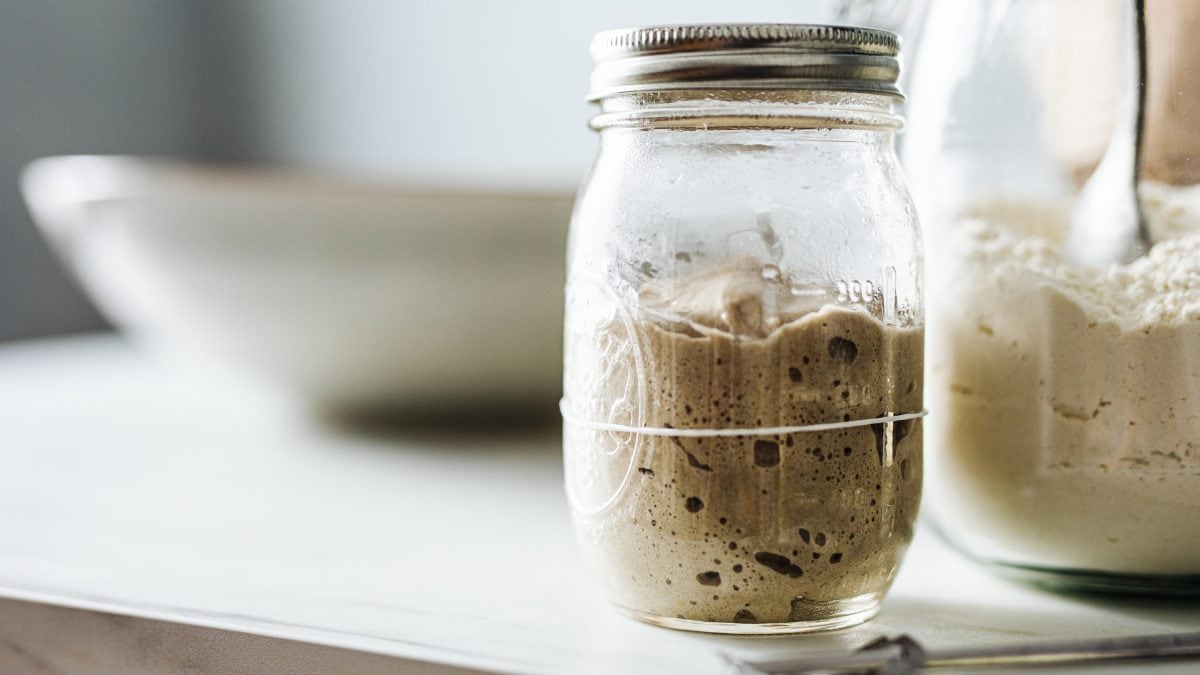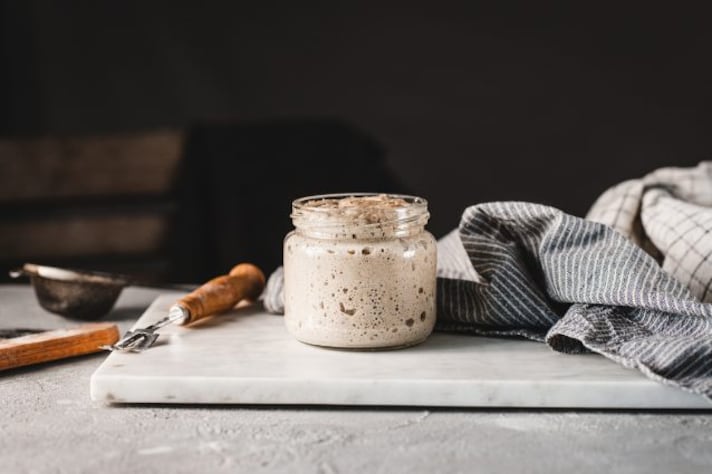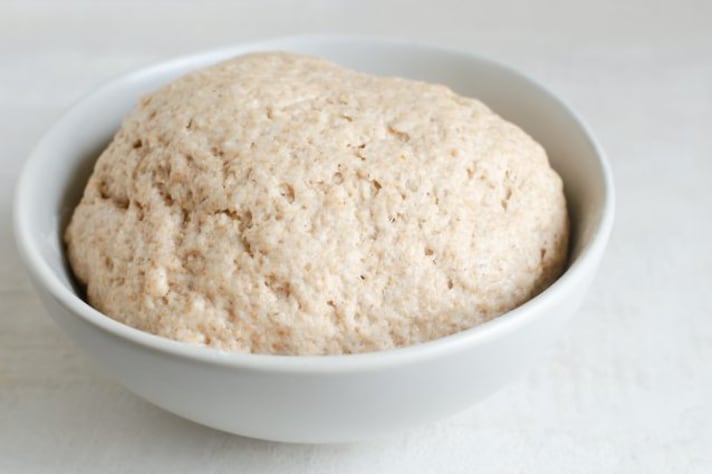
If you’ve ever tried your hand at baking sourdough bread, you’ve probably heard the common myth that sourdough starters need to be fed daily to stay healthy and active. Many believe that neglecting to feed your starter every 24 hours will lead to failure—an easy way to discourage even the most enthusiastic home bakers. But here’s the good news: This myth is a thing of the past. While feeding your starter regularly is important for optimal results, it’s not as time-sensitive as we’ve been led to believe. In fact, a sourdough starter can often go for several days (or even up to a week) without being fed, as long as it’s stored correctly. So, if you’ve ever felt the pressure of maintaining a daily feeding schedule, take a deep breath—it’s not as crucial as you might think.
1. Sourdough Starter Care Isn’t As Complicated As You Think
Another common misconception about sourdough starters is that they require constant, meticulous care. Many bakers believe that starters are temperamental and require extreme precision, like a high-maintenance pet. While it's true that a sourdough starter does need some attention, it’s far less demanding than the “perfect science” many have imagined. In reality, starters are surprisingly resilient. They can thrive with a more flexible feeding schedule, and some even prefer a less frequent routine, especially if stored in the fridge. This means that busy bakers don’t need to worry about constantly managing their starter—just a little TLC every few days can keep it bubbling along happily.
2. Temperature Makes a Difference (But Not as Much as You Think)
Another popular myth surrounds the temperature at which you should store your sourdough starter. Many believe it has to be kept in a very specific, slightly warm environment to maintain its active fermentation. While warmth can help boost the activity of your starter, extreme temperatures aren't necessary. In fact, storing a sourdough starter in a cooler environment (like the fridge) can slow down the fermentation process and prevent the need for daily feedings. It’s actually a handy trick for the more laid-back baker who doesn’t want to be on a strict feeding schedule. The fridge can extend the life of your starter for up to a week or even longer, with minimal effort required.

3. The "Fluffier is Better" Myth
When it comes to sourdough, there’s a pervasive myth that the fluffier and airier your loaf, the better. This is simply not true. While it’s true that a well-fed, active starter will contribute to a better rise in your bread, it’s not all about achieving a light, fluffy loaf. Many bakers—especially those who favor the dense, chewy texture of traditional sourdough—may prefer a denser, more rustic crumb. This myth has often caused bakers to focus on overfeeding their starter or obsessing over the ideal level of “bubbly” fermentation, which can sometimes lead to a less-than-ideal bread. Sometimes, it's the simple things—like letting the dough rise slowly and ensuring a proper bake—that make all the difference, rather than chasing an idealized level of fluff.
4. Starter Flavors Aren’t Set in Stone
Another myth that many bakers are discovering is the idea that sourdough starters have a set, “correct” flavor. Some believe that if your starter doesn’t have that signature tangy flavor, it’s no good. But starters, like the bread they produce, are a product of their environment, and flavors can vary greatly depending on the flour you use, your local climate, and even the water quality. There is no one-size-fits-all formula for the perfect tang, and in fact, many people find that their starter's flavor evolves over time. So, if your starter doesn’t taste exactly as you expect, it’s not a sign of failure—it’s just part of the natural variation that comes with the sourdough process.
5. The Role of the Flour in Your Starter’s Success
A common misconception about sourdough starters is that they only work with specific types of flour, particularly “high-quality” bread flours. While bread flour can indeed create a robust starter, the reality is that starters can thrive on a variety of flours, from whole wheat to rye to all-purpose. In fact, some starters even benefit from a mix of flours, as different grains can introduce new wild yeast and bacteria to the mix, giving your starter unique characteristics. It’s not just about the flour—it’s about how you nurture the starter and how it reacts with the local microorganisms, which can vary from place to place.

6. Flour and Water Are The Only Essentials
Despite the growing popularity of complex starter recipes and various "starter boosters," one of the biggest myths surrounding sourdough is that you need all sorts of additional ingredients to make a successful starter. In truth, all you need to start a sourdough starter are two simple ingredients: flour and water. That’s it. There’s no need for sugar, honey, or even fancy "starter kits." Yeast naturally exists in the air, and once combined with flour and water, it will begin to develop into a thriving starter. The key to success is simply giving it time and patience to let the natural fermentation process unfold.
;Resize,width=767;)
